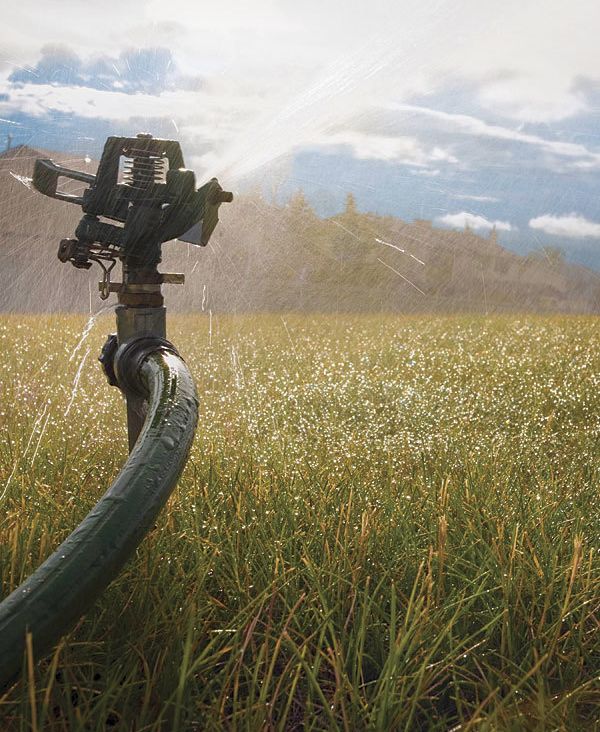Bringing the Water Shortage Home
It has meant drought in some parts of the country, and nothing more than low-flow fixtures in others. The fact is, the nation’s growing water crisis is changing the houses we build.

Synopsis: Population growth, pollution, industry, energy, and climate change are just a few of the factors jeopardizing our freshwater supply to levels that have experts scrambling. By designing, building, or retrofitting houses to use less water and to use water more efficiently, you can reduce freshwater consumption rates by nearly half, resulting not only in large- and small-scale ecological and sociological benefits, but also economic benefits. Editorial director Rob Yagid gives an overview of the issue of residential water consumption in the United States, then lays out steps for reducing water usage outside and inside the home.
It’s midspring, and bands of torrential rain have pounded New England for days now, refreshing the memories of the record flooding we experienced only a month ago. With each additional inch of rain, my understanding of what has been called a national water crisis becomes as muddied as the Rooster, the small stream down the street, which has risen and now swirls in a swollen murk that threatens to overflow its banks. Yet here I sit, a jaded Northeasterner poring over piles of research suggesting that we, as a country, face a water shortage never before experienced. Amid this deluge, I feel excluded.
It’s exactly that, though—the failure to comprehend the status of clean water in the face of contradictory assumptions—that has stifled conservation efforts among homeowners, designers, builders, and legislators from coast to coast.
Clean water is indeed in limited supply in this country, yet it never ceases to flow from our taps, it remains cheap (for now), and it continues to be used in vast excess. However, population growth, pollution, industry, energy, and climate change are just a few of the factors jeopardizing our freshwater supply to levels that have experts scrambling. And while the domestic use of water by the residential housing market accounts for only a fraction of national consumption, it’s no less significant.
Fortunately, the building industry has become progressive, perhaps more so than ever, in its approach to conservation. The legality of rainwater harvesting and gray-water reclamation has never been so widespread, ordinances on water use have become prolific, and manufacturers are continuously refining products to use less water and energy as consumers increasingly strive for greener homes that are more environmentally and economically sensitive.
Whatever your motivation may be, by designing, building, or retrofitting your house to use less water and to use water more efficiently, you can reduce your freshwater consumption rate by nearly half. That savings has not only large- and small-scale ecological and sociological benefits, but it also has economic benefits.
A flood of numbers
According to Aquacraft, an industry-leading water-management firm, the average home uses 127,400 gal. of water every year, or roughly 350 gal. a day. EPA research shows that on average, we pay $523 annually for that water. While that seems like a drop in the bucket compared to the 201 billion gal. a day consumed by thermoelectric power generation, our homes collectively withdraw roughly 29.4 billion gal. of freshwater a day from surface and groundwater reserves.
The effects of water usage are felt in infinite ways, from the alteration of wildlife habitats to the slow desertification of large tracts of landscape to growing supply shortages that can conceivably leave us without water when we want or need it most.
For more photos and details, click the View PDF button below:
Fine Homebuilding Recommended Products
Fine Homebuilding receives a commission for items purchased through links on this site, including Amazon Associates and other affiliate advertising programs.

Handy Heat Gun

8067 All-Weather Flashing Tape

Reliable Crimp Connectors






















